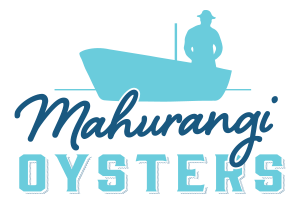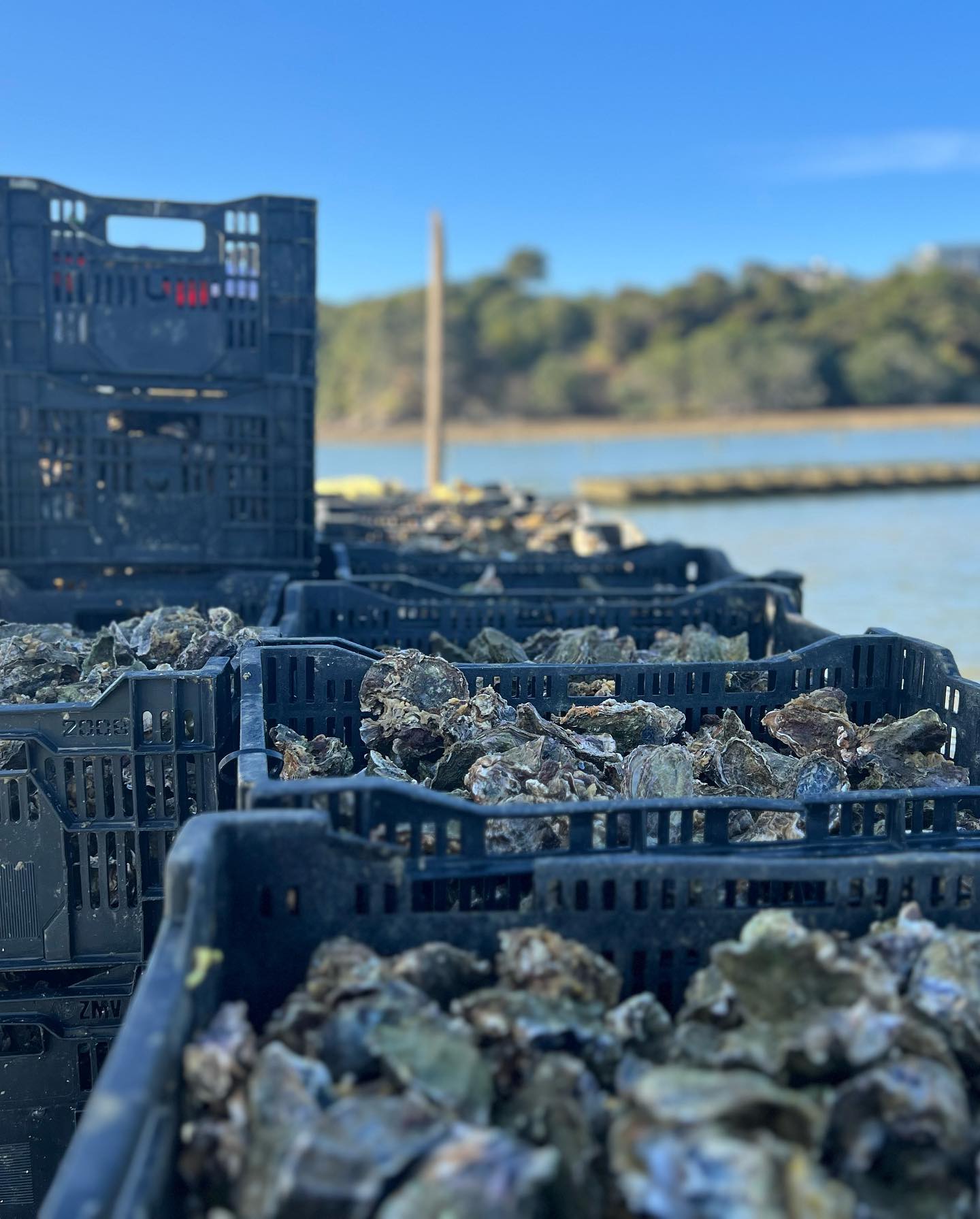It’s true, they do! Oyster farming isn’t just good for our taste buds, it’s good for the environment and your health. It’s the trifecta of farming and feasting: a win-win all around.
There’s more to oyster farming than just great food
These amazing bivalves are environmental champions. Oysters are the clean-up crew of the sea. They also provide habitat for fish and other sea creatures and are packed with nutrients and omega-3 fatty acids.
Environmentally friendly farming
Aquaculture is recognised as a key solution to the demands of our growing population. Unlike most forms of agriculture, oysters do not need us to grow or catch food to sustain them. This reduces land use, transportation emissions, use of chemicals and fertilisers and the burden on other ecosystems. Unlike ruminant animals like cows and sheep, oysters don’t produce methane. Check out the infographic from Oceanfarmr.
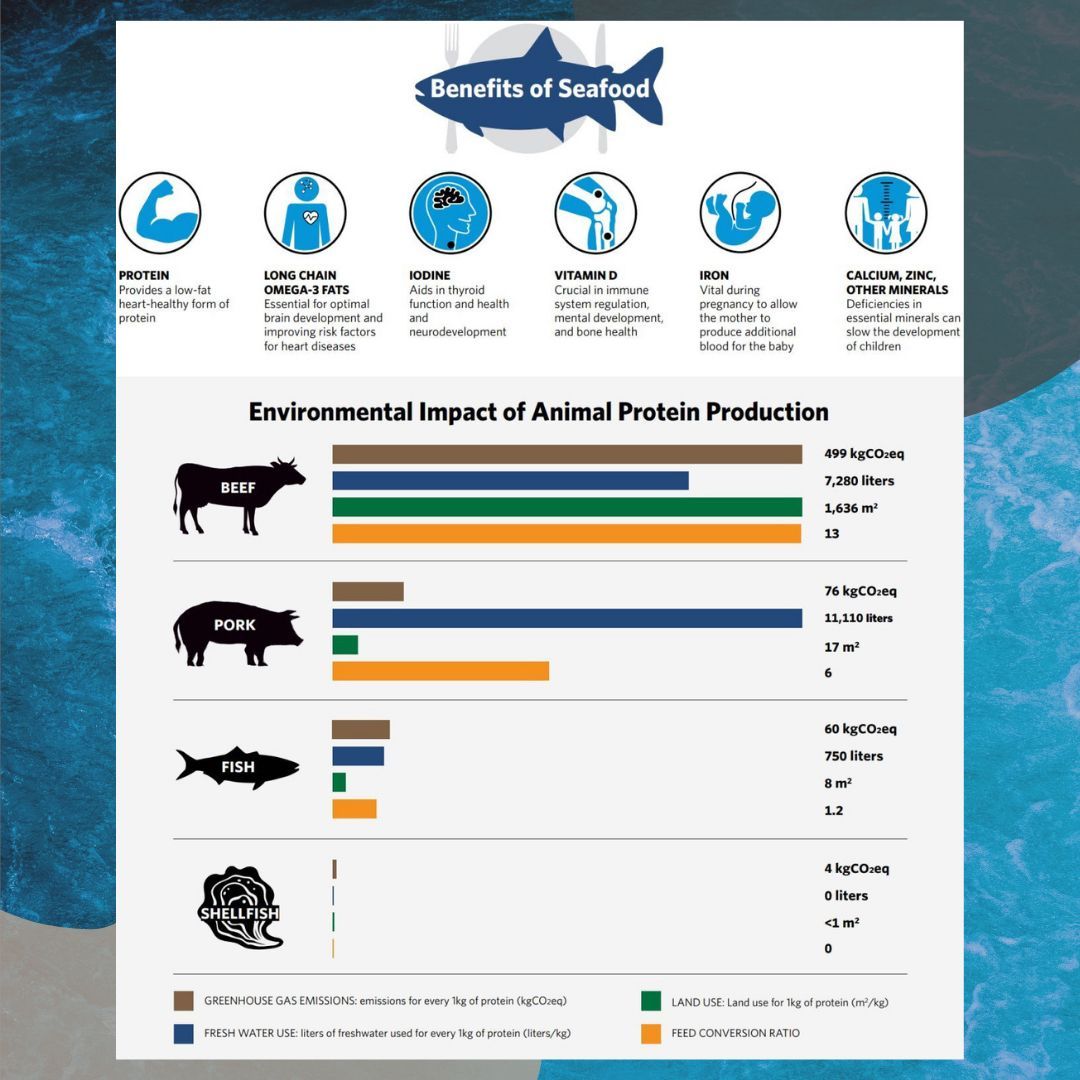
And oyster farming is far from being a wild free-for-all. Oyster farmers act as guardians, making sure water quality is high and everything is sustainable. They keep a close eye on growth and follow the best practices to make sure we will all have tasty oysters for the future.
They filter out the bad stuff
Each lovely little oyster filters around 20 litres of water daily, enough for five humans. Putting it another way, according to the NSW Department of Primary Industries, “On average, a farmed Sydney Rock Oyster will filter an estimated 250,000 litres of estuarine river water in its lifetime, removing large quantities of suspended material, chiefly nutrients bound in phytoplankton”.
Oysters gobble up excess nitrogen, phosphorus, nutrients, sediment, and other pollutants from waterways, allowing sunlight to benefit entire ecosystems. They purify our waters and revitalise our precious ecosystems. Oysters we harvest carry this surplus nitrogen with them, removing it from the environment. The shells contain calcium carbonate, which can help remove carbon dioxide from the water.
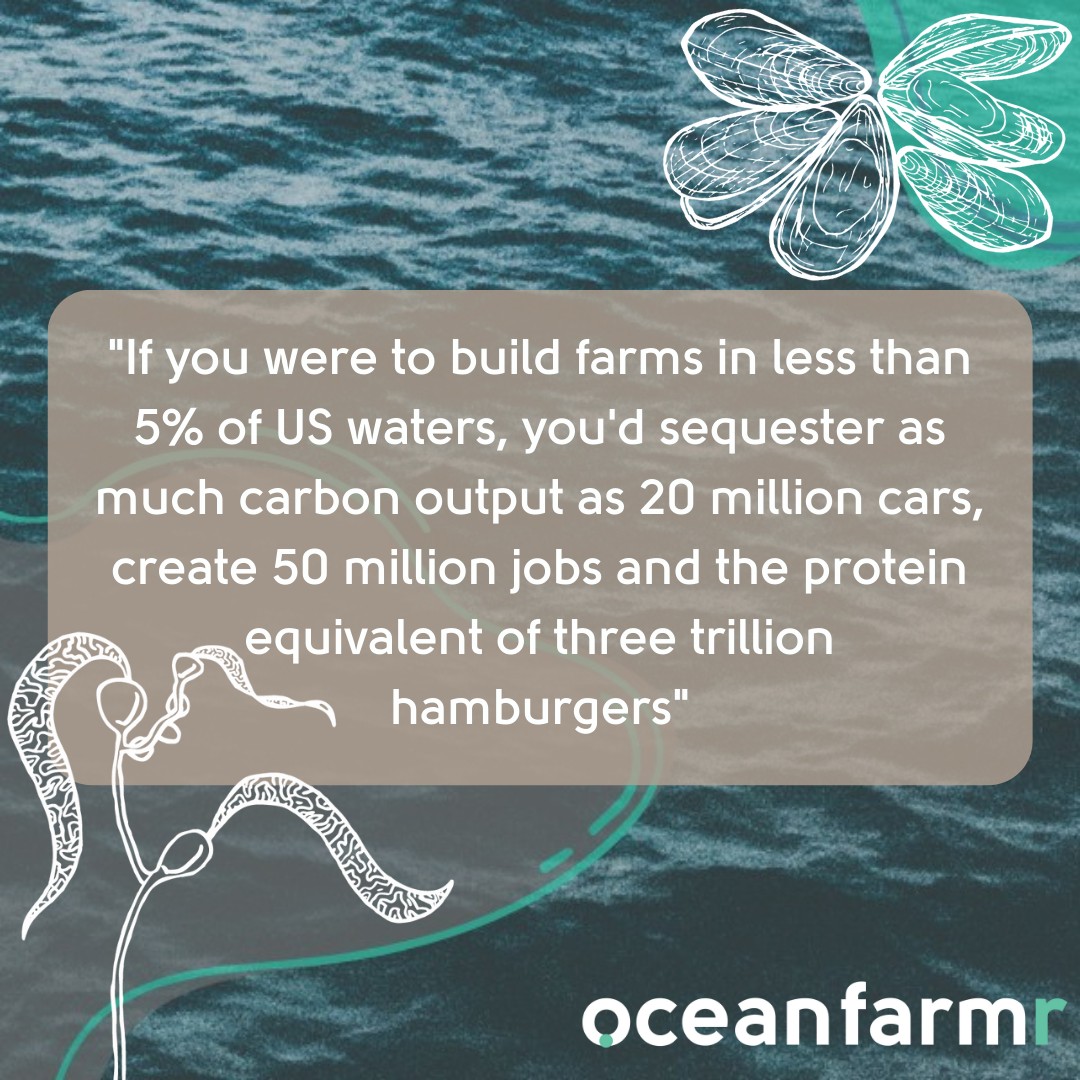
So, in a nutshell (or an oyster shell), oyster farming isn’t just about good food.
Oyster farms bring environmental benefits to coastal seas, harbours and estuaries. The presence of oysters and other shellfish creates a firm bottom substrate, which is ideal for mussels, barnacles, anemones, and other creatures to grow in. Oyster beds are also used by a variety of fish to lay eggs and protect themselves from predators.
Oysters help boost the local fish population, keep the water clean, satisfy our taste buds, and are low in saturated fat and are excellent sources of omega-3 fatty acids, iron, zinc, and vitamin B12.
Popping oysters into your diet can be a tasty way to support environmental conservation and promote sustainable food choices. As the people at Oceanfarmr point out in their infographic, aquaculture supports the United Nation’s Sustainable Development Goals of eliminating poverty, hunger, water scarcity, biodiversity loss, and environmental degradation.
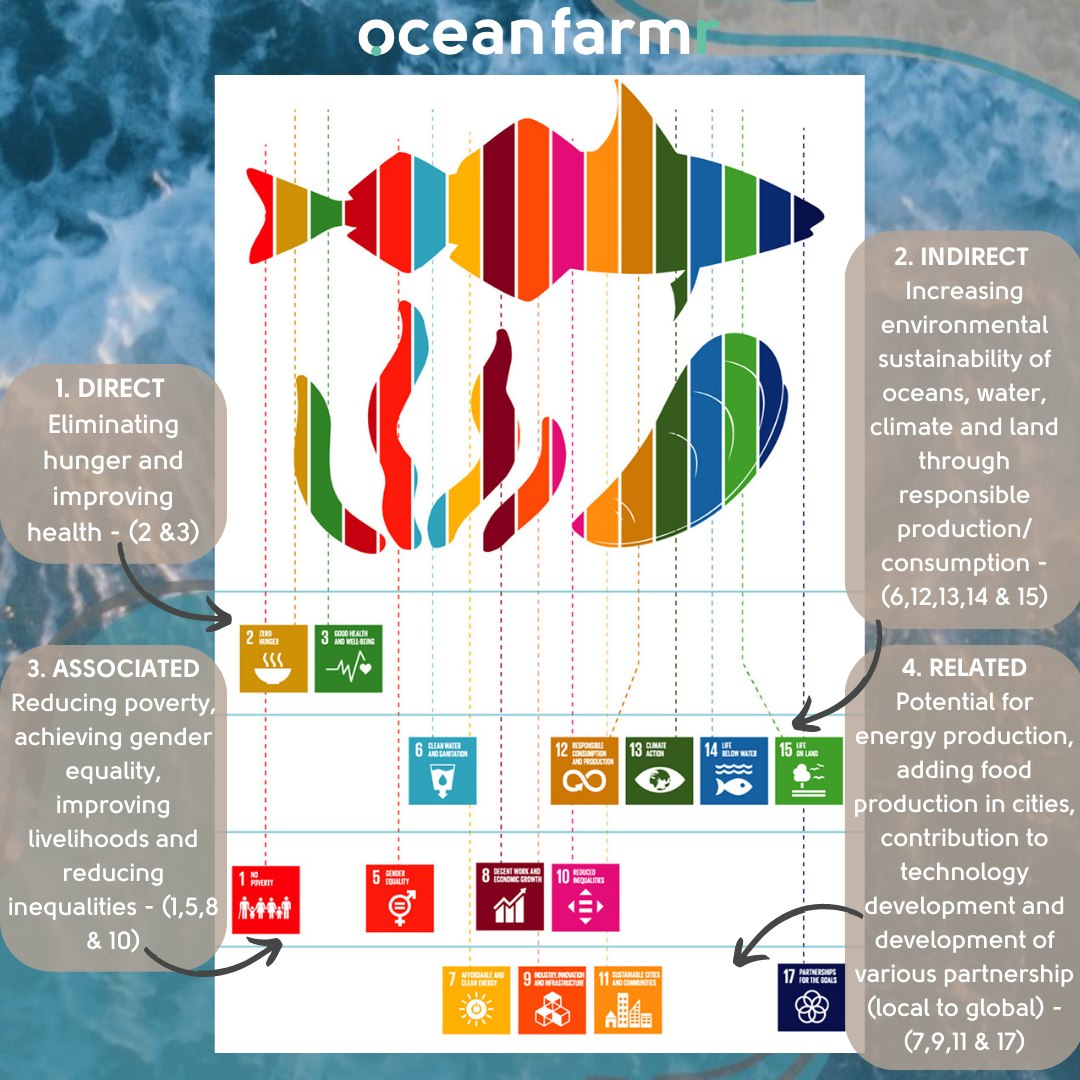
Pacific oysters are a smart seafood choice
Want a meal that’s good for you and good for the planet? Then get shucking and slurping. At Mahurangi Oyster we embrace responsible and sustainable aquaculture practices. Our goal is to create a better future for ourselves and future generations.
Today’s blog has been written with a bit of help from the statistics and infographics published by the fine folk at Oceanfarmr. This Australian company is globally recognised for their innovative and sustainable solutions for shellfish and seaweed farmers, empowering them through farm finance options, cutting-edge operations software and pioneering approaches to marine biodiversity.
The oyster of choice
Thanks to our careful husbandry and intelligent market selection, our plump Pacific oysters have become the oyster of choice in the Auckland restaurant scene and are exported in large numbers to Pacific Rim countries.
Feel free to contact us directly should you want more information. As a family business, we are very proud of what we produce and sell – and we only sell the best.
